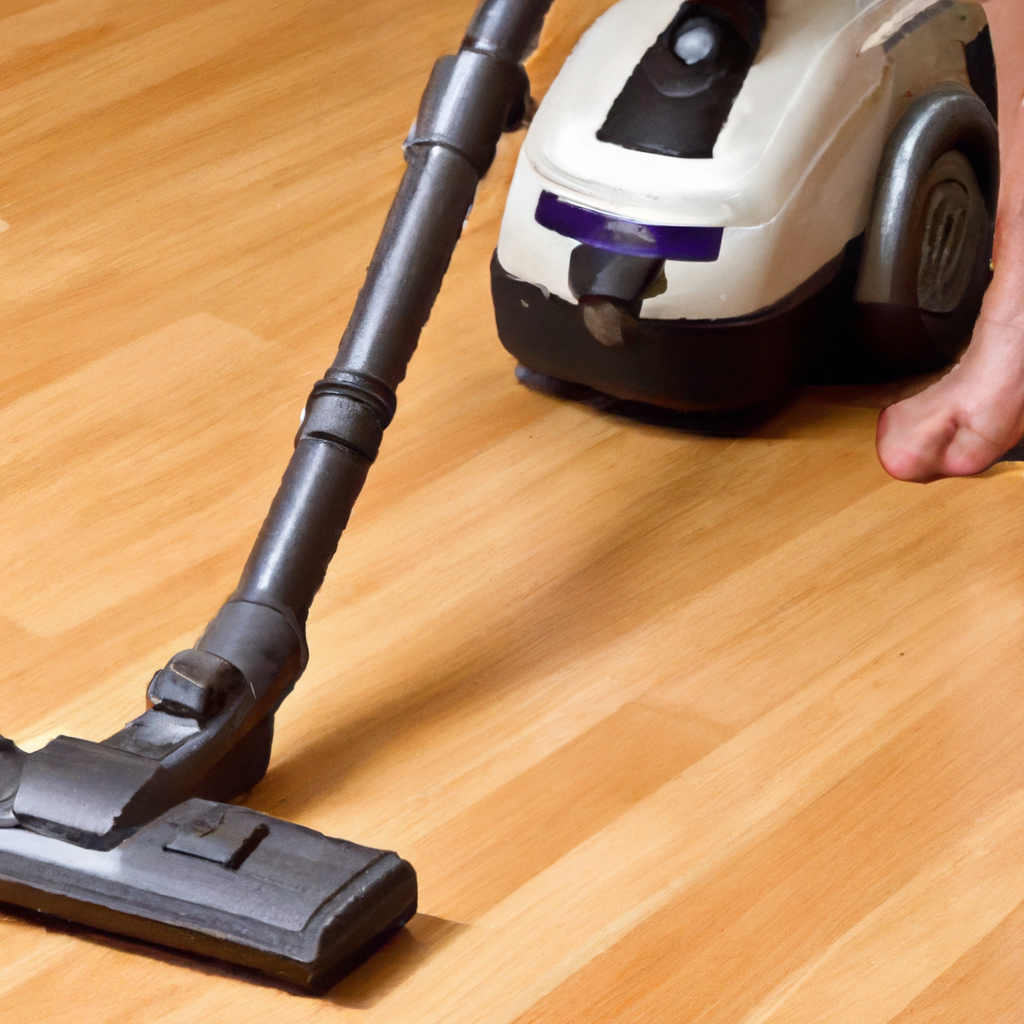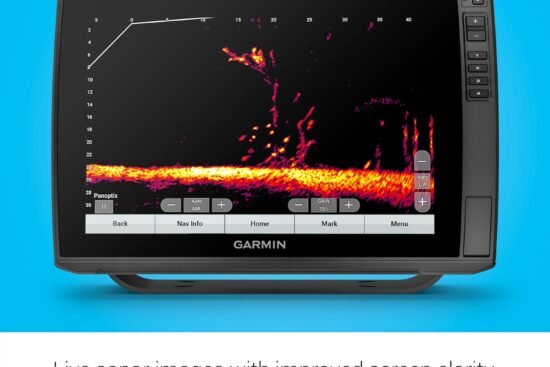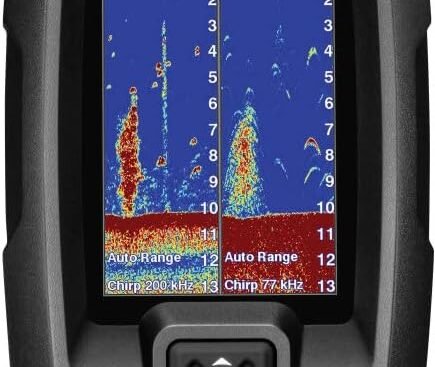
Vacuuming can be a tedious task, but even more so when your vacuum keeps getting stuck on your beautiful hardwood floors. With our guide, you’ll learn practical tips and tricks to avoid those frustrating vacuum hiccups and maintain a seamless cleaning experience. From adjusting the brush roll height to clearing out debris from the wheels, we’ve got you covered. Say goodbye to those annoying interruptions and hello to a smoother vacuuming routine.
1. Understanding Vacuum Hiccups
1.1 What Are Vacuum Hiccups?
Vacuum hiccups refer to the sudden stops or interruptions in the suction power of your vacuum cleaner while cleaning your hardwood surfaces. These hiccups can be frustrating and can hinder the effectiveness of your cleaning routine.
1.2 Causes of Vacuum Hiccups
A variety of factors can cause vacuum hiccups. One common cause is clogging, where debris and dirt accumulate in the vacuum’s hose or other parts, obstructing the airflow and reducing suction power. Another possible cause is a dirty or clogged filter, which may hinder the proper functioning of the vacuum cleaner. Additionally, worn out or damaged parts, such as belts and brushes, can contribute to vacuum hiccups. Lastly, power supply interruptions, such as tripped circuit breakers or faulty electrical connections, can also lead to sudden stops in vacuum power.
1.3 Impact of Vacuum Hiccups on Hardwood Surfaces
Vacuum hiccups can have adverse effects on hardwood surfaces. When the suction power of the vacuum is compromised, it may not effectively remove dirt, dust, and other particles from the surface. This can lead to a buildup of debris, making the hardwood floors look dull and unclean. Furthermore, if the vacuum’s brushes are not functioning properly due to vacuum hiccups, they may fail to pick up debris and can even potentially scratch the hardwood surface.
2. Preventing Vacuum Hiccups
2.1 Use the Right Vacuum for Hardwood Surfaces
To prevent vacuum hiccups, it’s essential to choose the right vacuum for your hardwood surfaces. Opt for a vacuum cleaner specifically designed for hard floors, as they usually come with features such as adjustable suction settings, soft bristle brushes, and rubber wheels that are gentle on wood surfaces. Using a vacuum designed for carpeted surfaces on hardwood floors can increase the likelihood of encountering vacuum hiccups.
2.2 Check and Clean the Vacuum Regularly
Regular maintenance and cleaning of your vacuum is crucial for preventing hiccups. Make it a habit to check the vacuum’s hose and other attachments for clogs or obstructions, such as tangled hair or strings. Clearing any blockages will ensure proper airflow and suction. Additionally, emptying the vacuum’s dustbin or bag regularly will prevent it from becoming full and impeding the vacuum’s performance.
2.3 Inspect and Replace Worn Parts
Inspecting your vacuum cleaner periodically for worn out or damaged parts is vital for preventing vacuum hiccups. Examine the belts, brushes, and filters, and replace them if necessary. Over time, belts may become worn and loose, brushes may have worn bristles, and filters may become clogged and inefficient. By replacing these components, you can maintain optimal vacuum performance and reduce the risk of hiccups.
2.4 Maintain Proper Vacuuming Technique
Adopting the correct vacuuming technique can also help prevent vacuum hiccups. Avoid using excessive force or jamming the vacuum into corners or tight spaces. Instead, use smooth and even strokes, overlapping each pass slightly. This technique allows the vacuum to efficiently pick up debris without straining the motor or causing clogs. Additionally, avoid vacuuming too quickly, as this can hinder proper suction and increase the chances of encountering hiccups.

3. Troubleshooting Vacuum Hiccups
3.1 Identify the Type of Vacuum Hiccup
Before troubleshooting vacuum hiccups, it’s important to identify the specific issue at hand. Determine whether the hiccup is due to a clog, filter problem, suction loss, or power supply interruption. By understanding the root cause, you can effectively address the issue and resolve the hiccup.
3.2 Addressing Clogging Issues
If you suspect a clog is causing the vacuum hiccup, start by checking the hose for any obstructions. Detach the hose from the vacuum and use a long, thin object, such as a broom handle or wire hanger, to carefully push through the hose and dislodge any debris. Next, inspect the attachments and brushroll for clogs or tangled hair. Removing any blockages will restore proper airflow and suction power.
3.3 Fixing Vacuum Filter Problems
Dirty or clogged filters can also lead to vacuum hiccups. Consult your vacuum cleaner’s manual to locate the filter and remove it according to the manufacturer’s instructions. Thoroughly clean the filter by tapping it gently against a hard surface or rinsing it, depending on the type of filter. Make sure the filter is completely dry before reinstalling it. Regularly cleaning or replacing filters will prevent hiccups caused by poor filtration.
3.4 Resolving Suction Loss
Suction loss can be attributed to various factors, including clogs, worn belts, or brushroll issues. Repeat the steps outlined in sections 3.2 and 3.3 to address potential clogs or filter problems. If the suction loss persists, inspect the belts and brushroll. Replace worn or loose belts, and clean or replace the brushroll if necessary. Ensuring all components responsible for suction are in good condition will help resolve vacuum hiccups.
3.5 Dealing with Power Supply Interruptions
If your vacuum’s power cuts out unexpectedly, check if the circuit breaker has tripped or if the power cord is securely plugged into an outlet. Reset the circuit breaker if needed and ensure a proper electrical connection. If the problem persists, try using the vacuum on a different outlet or consult a professional electrician to address any underlying electrical issues that may be causing the power supply interruptions.
4. Specific Vacuum Brands and Models
4.1 Troubleshooting Tips for Brand X Model A
For Brand X Model A vacuum cleaner users, troubleshooting vacuum hiccups can be done by following these steps: [expand on troubleshooting tips specific to Brand X Model A]
4.2 Troubleshooting Tips for Brand Y Model B
If you own a Brand Y Model B vacuum cleaner, here are some troubleshooting tips to resolve vacuum hiccups: [expand on troubleshooting tips specific to Brand Y Model B]
4.3 Troubleshooting Tips for Brand Z Model C
Brand Z Model C vacuum cleaner owners can troubleshoot vacuum hiccups using the following tips: [expand on troubleshooting tips specific to Brand Z Model C]

5. Professional Help and Maintenance
5.1 Knowing When to Seek Professional Assistance
In some cases, vacuum hiccups may persist despite your best efforts to troubleshoot and resolve the issues. If you experience ongoing problems or are unsure about how to address specific vacuum hiccups, it may be wise to seek professional assistance. Professional vacuum repair technicians have the expertise and specialized tools to diagnose and fix complex vacuum problems effectively.
5.2 Professional Maintenance Tips for Vacuuming on Hardwood Surfaces
To enhance the performance and longevity of your vacuum cleaner on hardwood surfaces, consider scheduling professional maintenance. Professional technicians can perform deep cleaning, lubricate moving parts, and replace any worn-out components. Regular professional maintenance can not only prevent vacuum hiccups but also optimize the vacuum’s efficiency and extend its lifespan.
In conclusion, understanding the causes and impacts of vacuum hiccups on hardwood surfaces is the first step. Preventing vacuum hiccups through proper equipment selection, regular cleaning, and maintenance is crucial. Troubleshooting vacuum hiccups involves identifying and addressing specific issues such as clogs, filter problems, suction loss, and power supply interruptions. Additionally, knowing the specific troubleshooting tips for different vacuum brands and models can aid in resolving vacuum hiccups effectively. When all else fails, seeking professional help and maintenance ensures optimal vacuum performance on hardwood surfaces.




